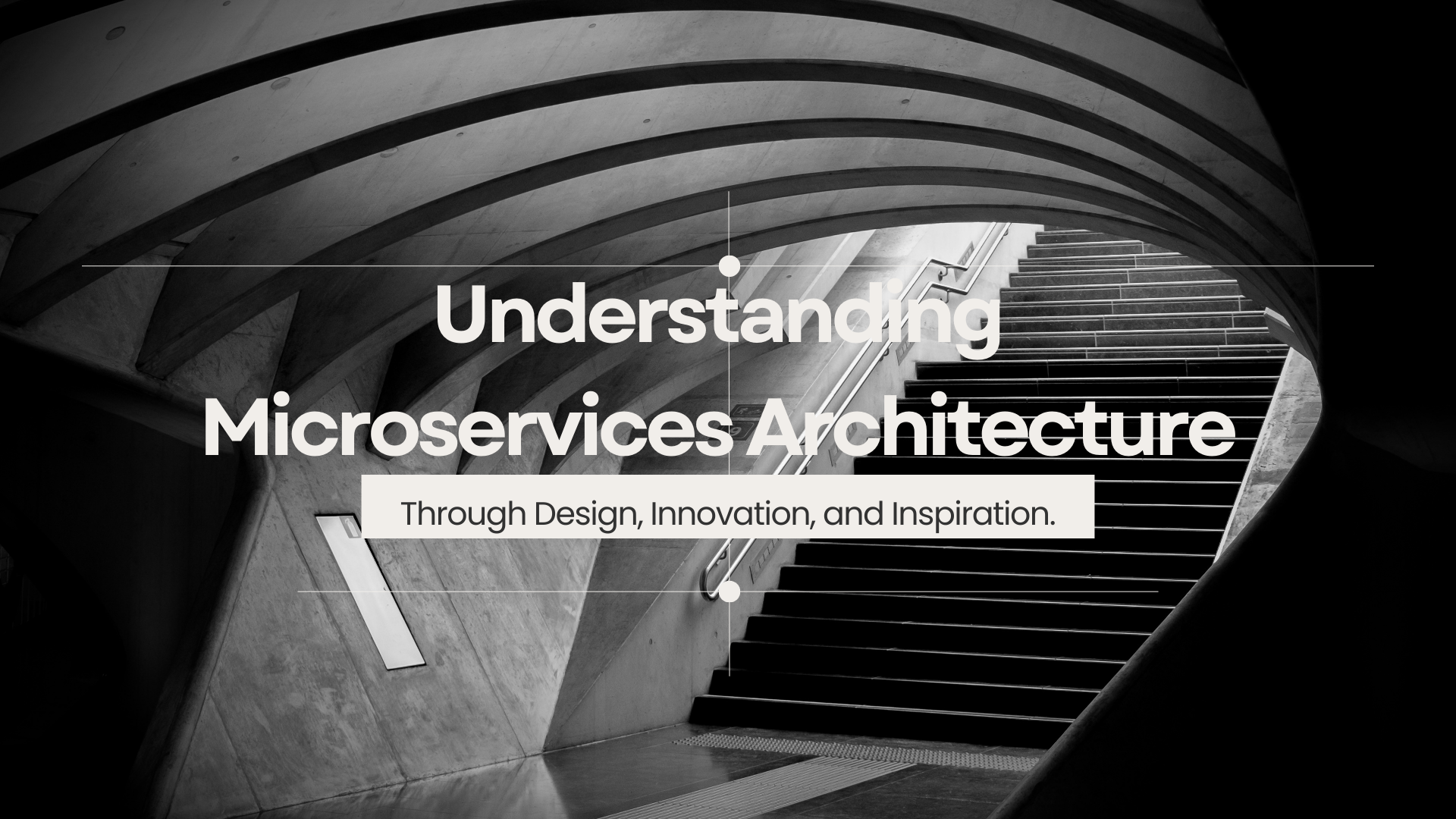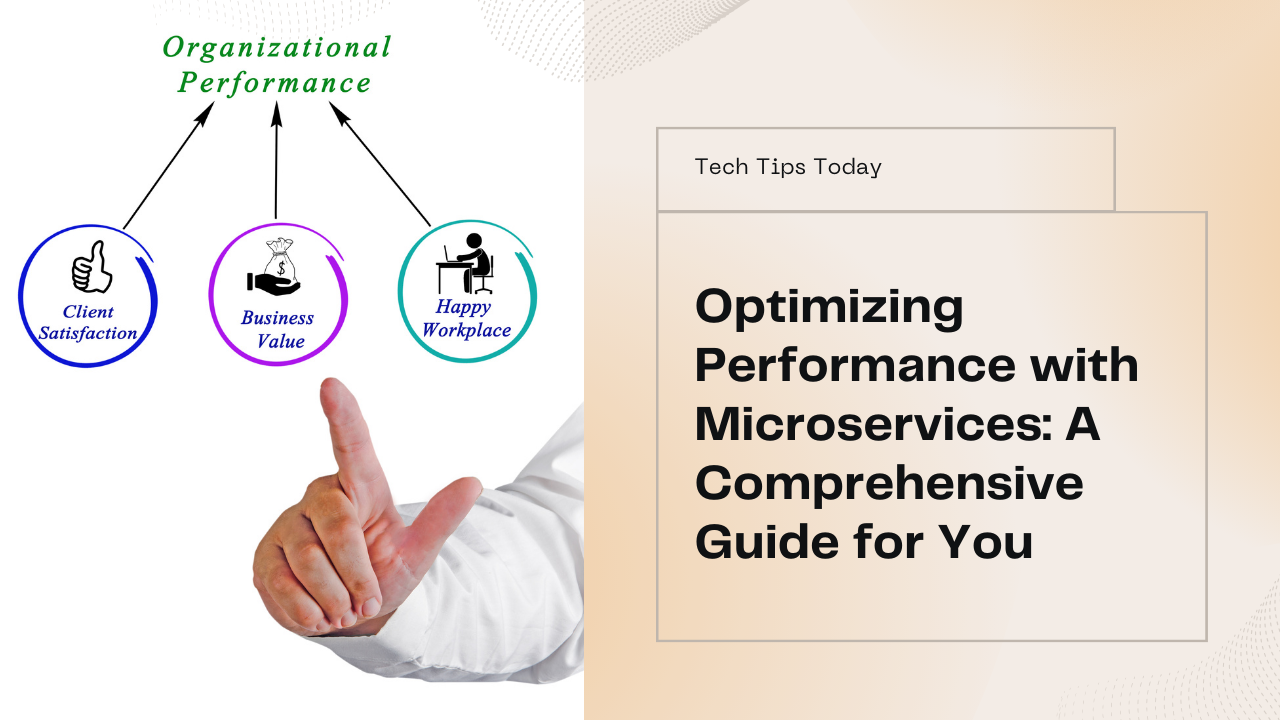Microservices architecture has emerged as a pivotal approach in software development, revolutionizing the way applications are built, deployed, and managed. Unlike traditional monolithic architectures, microservices offer a more modular and flexible structure, enabling organizations to scale efficiently and respond swiftly to changing business needs. In this comprehensive guide, we will delve into the fundamentals of microservices architecture, its benefits, challenges, and best practices for implementation.
What is Microservices Architecture?
Microservices architecture is a design approach where an application is composed of small, independent services that communicate over well-defined APIs. Each microservice focuses on a specific business capability, running its own process and potentially using different programming languages and data storage technologies. This decentralized approach contrasts with monolithic architecture, where all functionalities are tightly coupled and run as a single unit.
Key Characteristics of Microservices
- Single Responsibility: Each microservice is designed to handle a specific function or business capability. This adherence to the single responsibility principle simplifies maintenance and enhances the scalability of individual components.
- Decentralized Data Management: Unlike monolithic systems where a single database is used, microservices often have decentralized data management. Each service may have its own database, tailored to its specific needs, promoting independence and reducing the risk of bottlenecks.
- Inter-service Communication: Microservices communicate with each other through lightweight protocols, such as HTTP/REST, gRPC, or messaging queues. This ensures that services remain loosely coupled, facilitating independent development and deployment.
- Scalability: Microservices can be scaled independently based on demand. For instance, if a particular service experiences high traffic, only that service can be scaled without affecting others, optimizing resource utilization and cost efficiency.
- Fault Isolation: In a microservices architecture, a failure in one service does not necessarily lead to a system-wide failure. This fault isolation enhances the overall resilience and robustness of the application.
Benefits of Microservices Architecture
- Agility and Speed: Microservices enable faster development cycles as teams can work on different services concurrently without waiting for a single codebase to be updated. This accelerates time-to-market and allows organizations to respond swiftly to customer feedback and market changes.
- Continuous Deployment: The modular nature of microservices facilitates continuous integration and continuous deployment (CI/CD) practices. Services can be tested, updated, and deployed independently, reducing downtime and enhancing the ability to deliver new features and fixes quickly.
- Technological Diversity: Teams have the freedom to choose the best tools and technologies for each microservice, rather than being constrained by a single technology stack. This allows for innovation and optimization based on the specific requirements of each service.
- Improved Scalability: Microservices can be scaled horizontally, meaning that each service can be replicated and distributed across multiple servers to handle increased load. This flexibility ensures that applications can efficiently manage varying levels of demand.
- Resilience and Fault Tolerance: The isolation of services in a microservices architecture ensures that failures are contained, reducing the impact on the overall system. This resilience is critical for maintaining high availability and reliability.
Challenges of Microservices Architecture
- Complexity in Management: Managing a large number of microservices can be complex. It requires robust orchestration, monitoring, and logging solutions to ensure that services work harmoniously and efficiently.
- Inter-service Communication: Ensuring reliable and efficient communication between microservices can be challenging, particularly in terms of latency and data consistency. Implementing robust APIs and handling network issues are critical for seamless operations.
- Data Consistency: Maintaining data consistency across distributed services can be difficult. Strategies such as eventual consistency and distributed transactions need to be employed to address this challenge.
- Security: Securing a microservices architecture involves protecting numerous points of entry. Implementing strong authentication, authorization, and encryption practices is essential to safeguard the system.
- Deployment and Versioning: Coordinating the deployment and versioning of multiple services requires careful planning. Ensuring backward compatibility and managing dependencies are vital to prevent disruptions.
Best Practices for Implementing Microservices
- Domain-Driven Design (DDD): Using DDD principles helps in defining service boundaries based on business domains. This ensures that each microservice aligns closely with business processes and enhances modularity.
- API Gateway: Implementing an API gateway can help manage inter-service communication, routing requests, and handling cross-cutting concerns such as authentication and rate limiting.
- Service Discovery: Utilizing service discovery mechanisms enables services to find and communicate with each other dynamically. Tools like Consul or Eureka can automate this process, enhancing scalability and resilience.
- Centralized Logging and Monitoring: Implementing centralized logging and monitoring solutions, such as ELK stack or Prometheus, helps in tracking the health and performance of microservices. This visibility is crucial for troubleshooting and maintaining system integrity.
- Automated Testing: Adopting automated testing practices, including unit tests, integration tests, and end-to-end tests, ensures that microservices work correctly both in isolation and as part of the larger system.
- CI/CD Pipelines: Setting up CI/CD pipelines automates the build, test, and deployment processes, enabling faster and more reliable releases. Tools like Jenkins, GitLab CI, or CircleCI can streamline these workflows.
- Containerization: Using containerization technologies like Docker ensures that microservices run consistently across different environments. Containers encapsulate the service and its dependencies, simplifying deployment and scaling.
- Orchestration with Kubernetes: Kubernetes is a powerful orchestration tool that manages containerized applications, ensuring efficient scaling, load balancing, and self-healing capabilities.
Case Studies of Successful Microservices Implementation
- Netflix: Netflix pioneered the use of microservices to handle its massive user base and complex streaming requirements. By breaking down its monolithic application into hundreds of microservices, Netflix achieved unparalleled scalability and resilience.
- Amazon: Amazon transitioned from a monolithic architecture to microservices to support its vast e-commerce platform. This shift enabled Amazon to innovate rapidly, scale efficiently, and improve customer experience through continuous deployment.
- Spotify: Spotify adopted microservices to manage its music streaming service, allowing independent teams to develop and deploy features rapidly. This approach enhanced collaboration, reduced deployment times, and improved overall performance.
Conclusion
Microservices architecture represents a significant shift in how modern applications are designed and deployed. By breaking down applications into smaller, manageable services, organizations can achieve greater agility, scalability, and resilience. However, the complexity of managing microservices requires careful planning, robust tooling, and adherence to best practices. With the right strategy and implementation, microservices can unlock tremendous potential for innovation and growth in the dynamic landscape of software development.







